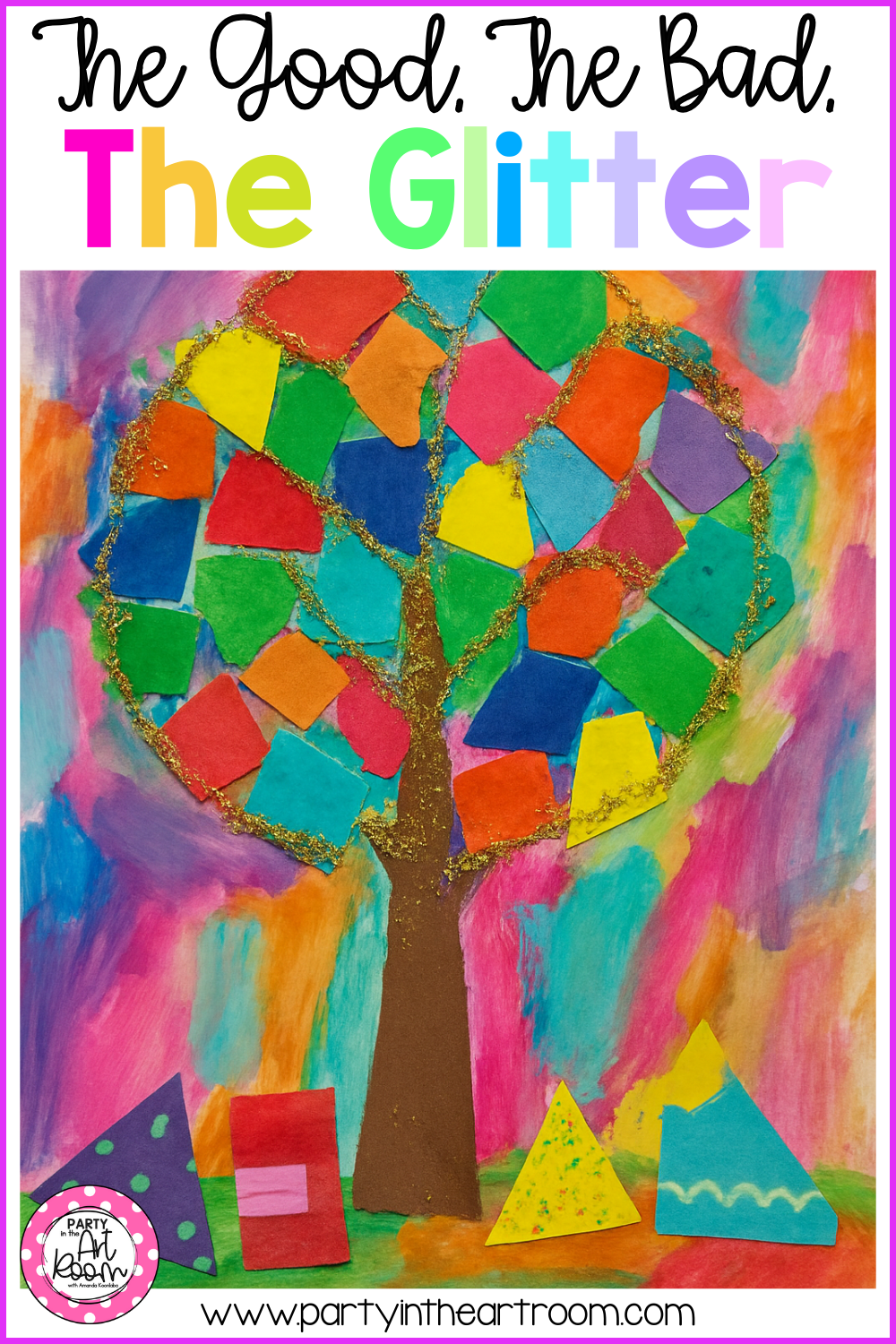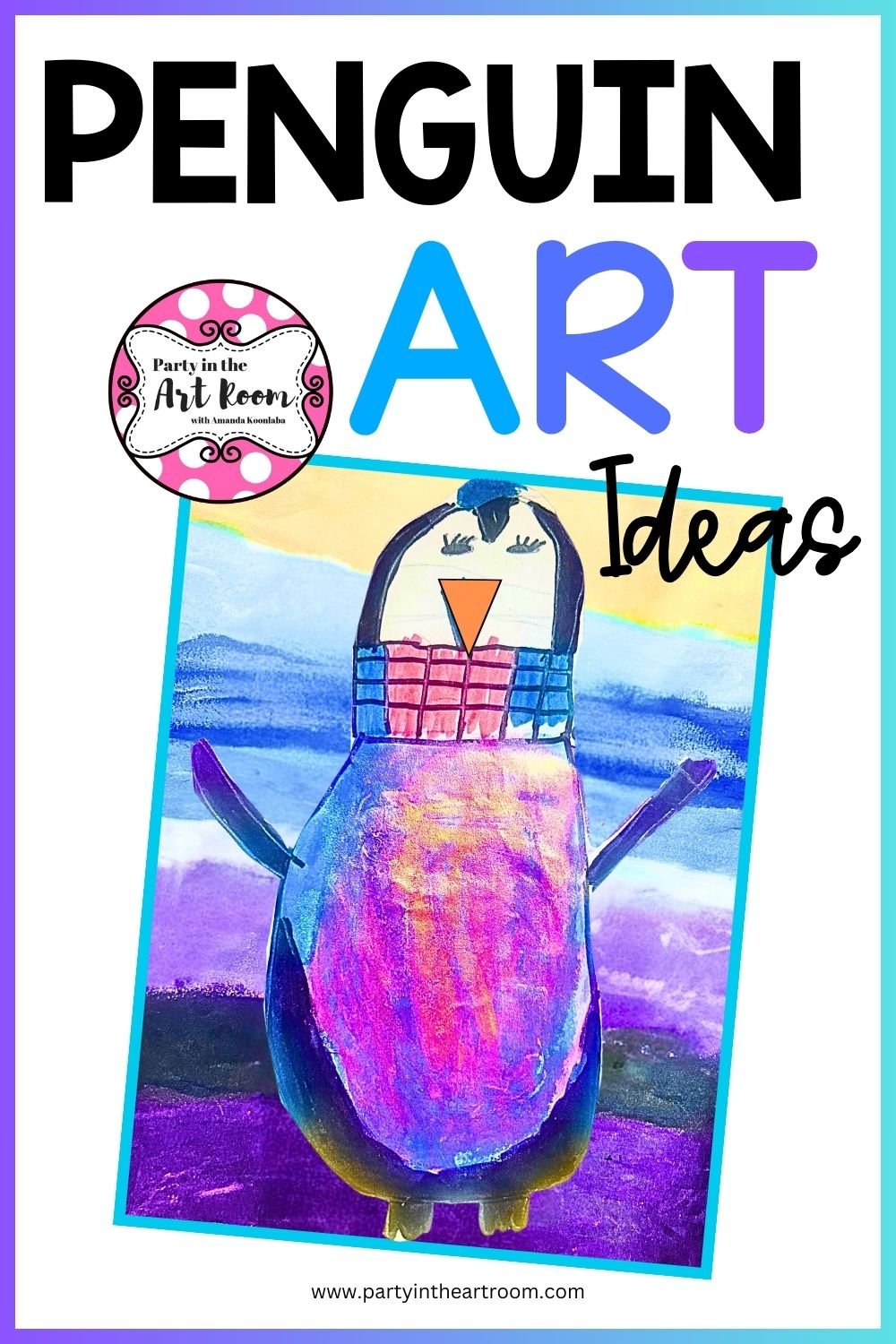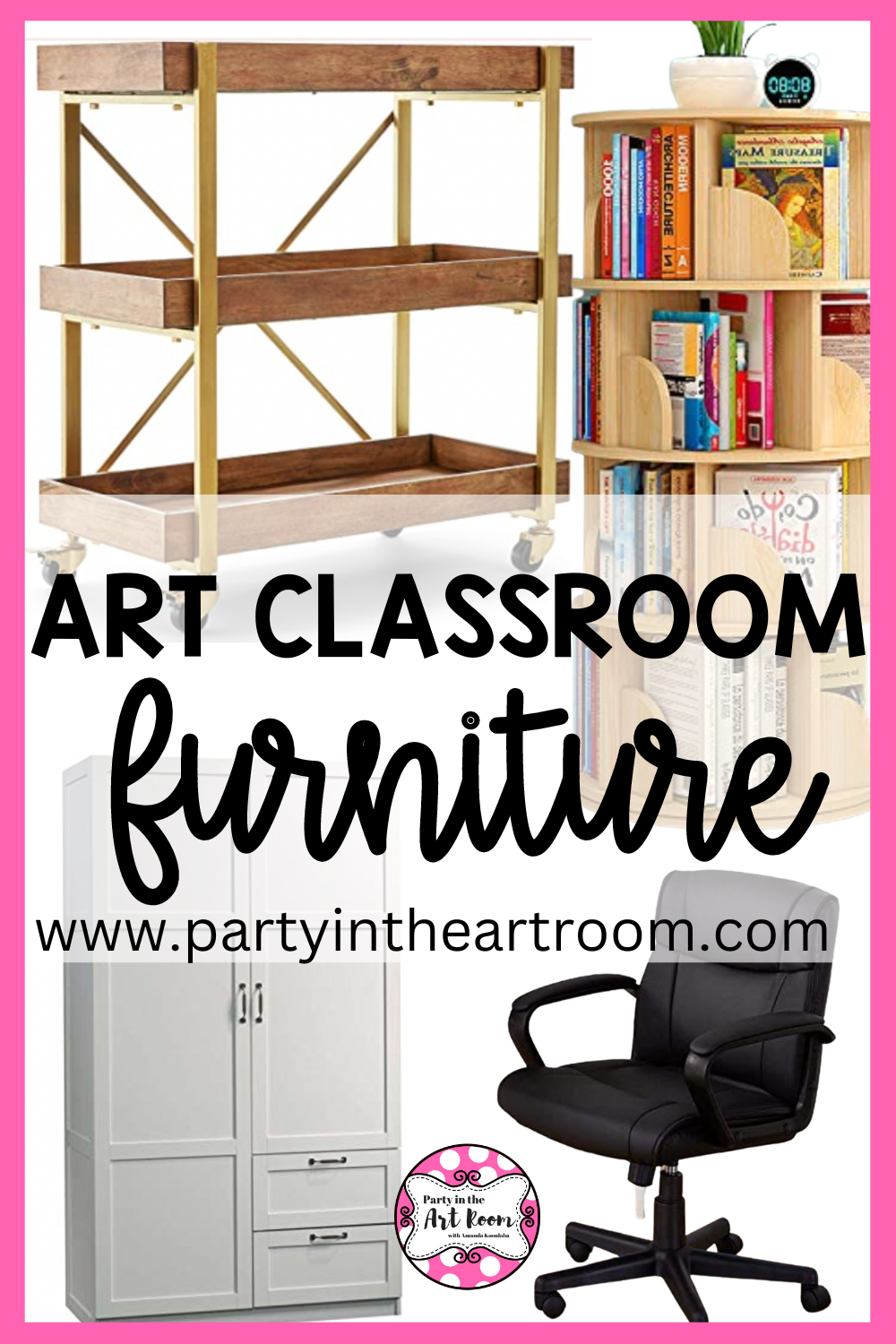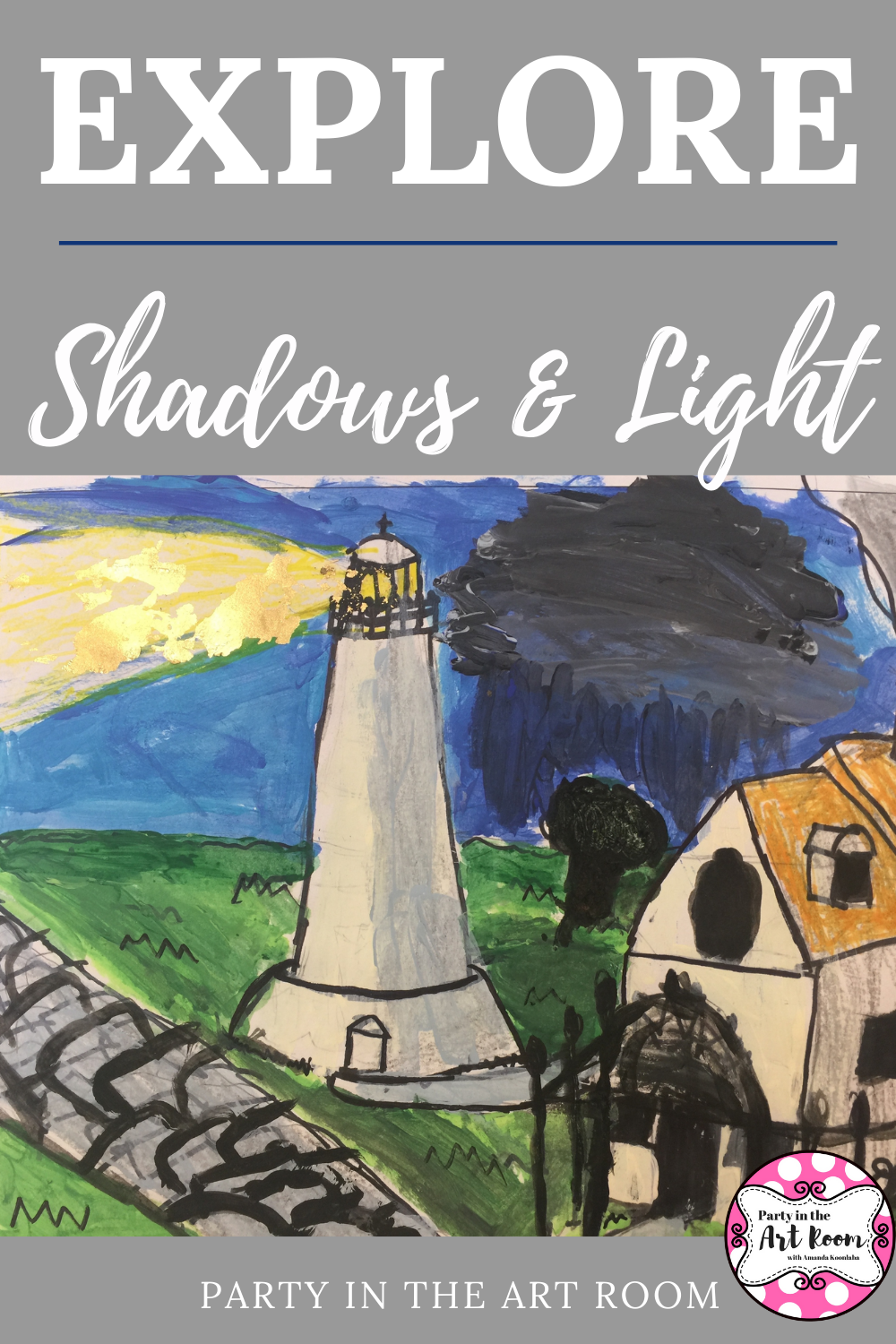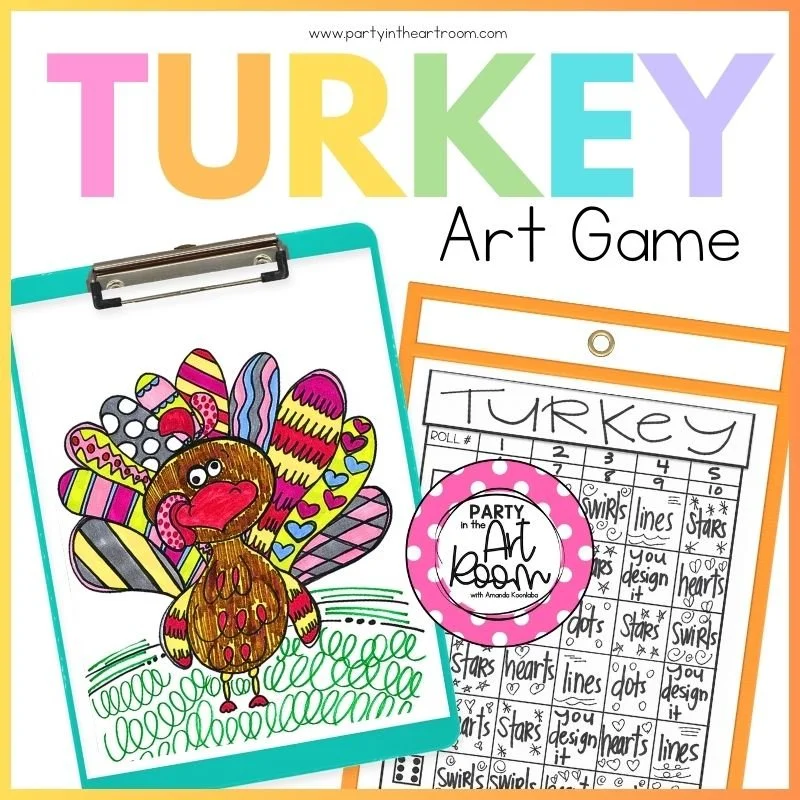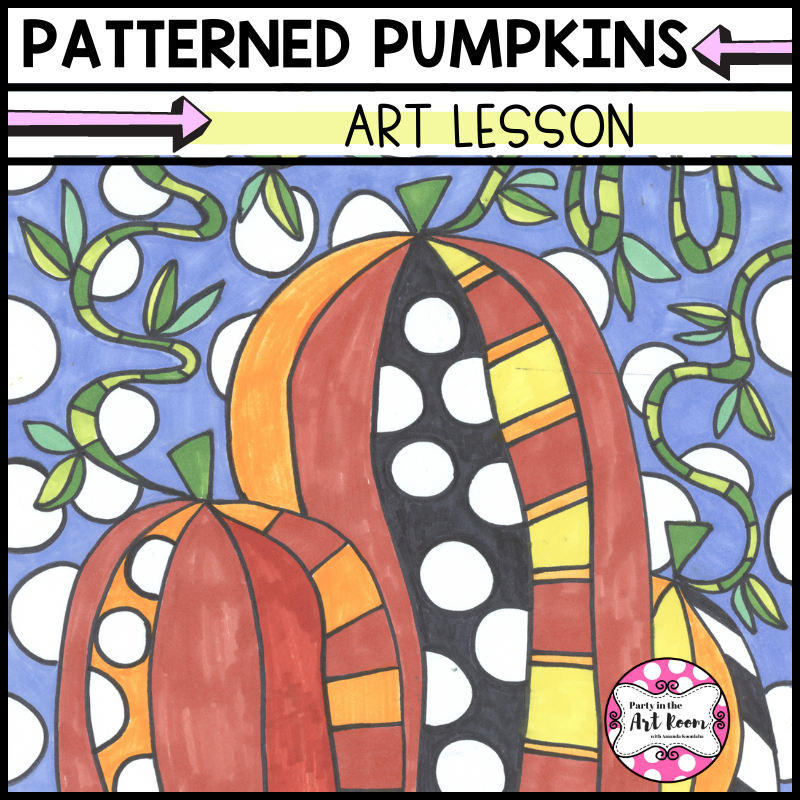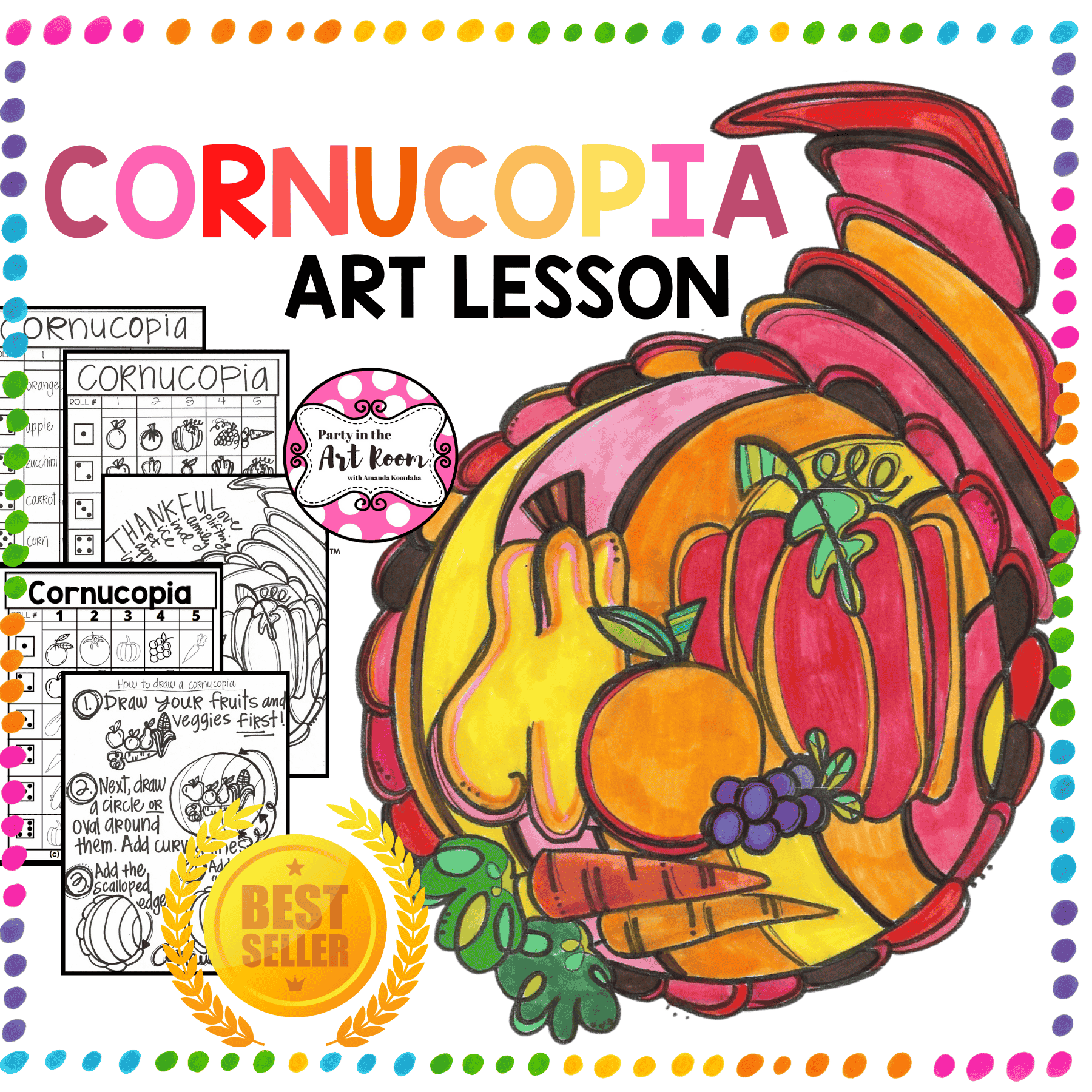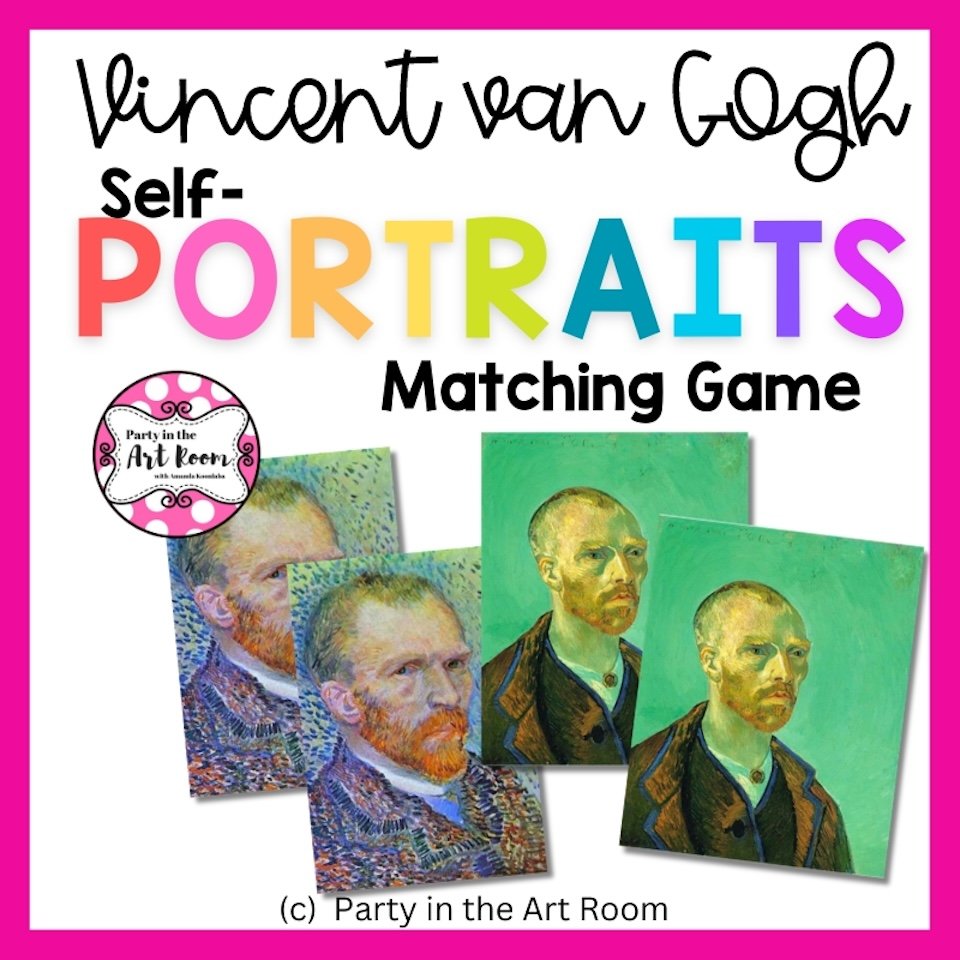The Good, the Bad, and the Glitter
(And What I Do to Keep the Sparkle Alive)
Let me tell you a story.
One night—a full week after we’d wrapped up a glitter project in the art room—I was getting ready for a nice, peaceful bath. I took off my shirt, looked down, and there it was: glitter. All over my chest. Just glistening away like I had been moonlighting as a craft-store fairy.
This wasn’t just a stray fleck, either. This was full-on sparkle. A whole week later.
It was that moment—the “why am I still glittering?” moment—that really made me stop and think about my relationship with glitter in the art room. Spoiler alert: I don’t use it anymore. But let’s talk about why—because like most things in teaching, it’s a little bit complicated.
The Good ✨
Let’s start with the obvious: glitter is FUN.
Kids love it. Teachers love how much kids love it. Add a little glitter to an art project and suddenly the excitement level goes from “meh” to “BEST. DAY. EVER.”
It’s shiny, magical, and adds that extra sparkle to holiday crafts, posters, and all things celebratory. Glitter has this incredible power to make young artists feel like they’ve made something special. And honestly? That’s pretty magical.
The Bad 😬
But then… there’s the mess.
Glitter is like the confetti of chaos. It never stays where it’s supposed to. It travels on socks, shows up on faces, sneaks into Tupperware, and somehow makes its way to your car seat. It sticks to your skin, your floor, your desk… your soul.
I once dropped a tub of glitter during cleanup and tried to sweep it with a dry broom. Mistake. All I managed to do was spread it around like a glittery sneeze across the floor. It haunted me for weeks.
And yes—I’ve been publicly sparkly without even realizing it. Because glitter always finds a way.
The Environmental Truth ♻️
Here’s the real kicker: glitter isn’t just messy—it’s not great for the planet.
Most traditional glitter is made from microplastics. Once it hits the floor (or the drain), it doesn’t go away. It travels into waterways, harms wildlife, and just… lingers. Forever.
Once I really understood the environmental impact of using plastic glitter in the classroom, I made the decision to stop using it altogether. I want my students to express themselves and understand that our materials matter. We can be creative and conscious.
What I Use Instead (Still Sparkly, Less Scary) 🌟
Just because I ditched glitter doesn’t mean I ditched the sparkle. Here are a few glitter alternatives I LOVE using in the art room—and yes, the kids still get that excited sparkle-in-their-eyes moment:
Biodegradable glitter – If you must glitter, try this. It’s made from plant cellulose and breaks down naturally.
Glitter glue – It stays in one place and often contains less loose microplastic.
Metallic markers & gel pens – Easy to use, easy to control, and great for fine details.
Foil paper & shiny magazine cutouts – Excellent for collage, and eco-friendly if you’re repurposing materials!
Pearlescent and metallic watercolor paints – They shimmer beautifully and are mess-free.
You still get the wow factor—but without the microplastic guilt.
Tips for Teachers Who Still Use Glitter (No Shame!)
If you’re not quite ready to break up with glitter, I get it. Here are some survival strategies:
Use glitter trays or bins to catch the mess and reuse the excess.
Stick to glitter glue instead of loose glitter when possible.
Establish a “glitter zone” with clear rules and boundaries.
Baby wipes + lint rollers = your cleanup BFFs.
Try a “glitter highlight only” rule—limit it to one area of the artwork for maximum impact with minimal mess.
For the Homeschool Crowd
Homeschoolers—you’re the MVPs of the “I have to clean this myself” club. My advice?
Do glittery projects in a baking pan or a lipped tray.
Or better yet, take it outside.
And when in doubt? Metallic markers and shiny stickers are your new best friends.
Final Thoughts: Glitter Isn’t the Only Way to Shine
I’ll always have a soft spot for glitter. It made my students feel magical, and I have the sparkly chest story to prove it. But times change, and so do our choices.
We can still help our kids create beautiful, exciting, sparkly-feeling art—without leaving a trail of microplastics behind. Sometimes, the best glitter is the kind that stays on the paper (or doesn't even involve glitter at all).
Want a Sparkle-Friendly Art Project?
Try my Plaster Wrap Animal Mask Lesson—sticky, squishy, and way more eco-friendly than glitter. Or sign up below to get my free list of low-mess, high-impact art room materials that won’t haunt your laundry.
You Might Also Be Interested In:
Inside this free PDF, you'll find a treasure trove of van Gogh's self-portraits, each capturing the essence of the artist's unique style and introspection. From his early works to his later masterpieces, this collection showcases the evolution of van Gogh's self-representation throughout his remarkable career.
As students pair the self-portraits, they will develop visual recognition skills, explore color and brushstroke techniques, and gain a deeper understanding of van Gogh's artistic journey.
Affiliate Disclosure: Party in the Art Room is supported by its audience. When you purchase through links on this site, a commission may be earned.Hi! I’m Amanda. Teaching children to be creative thinkers is my greatest joy. I’m here to help you bring that same joy to your classroom.
This guide is packed with 25 ideas for using art to teach math and ELA. It’s arts integration for the win!
I want all students to feel successful in the art room, so I created a standards-based Daffodil Collage lesson to do just that! The lesson includes an artist study, student reflection, and more, so push your artists to their full potential.
